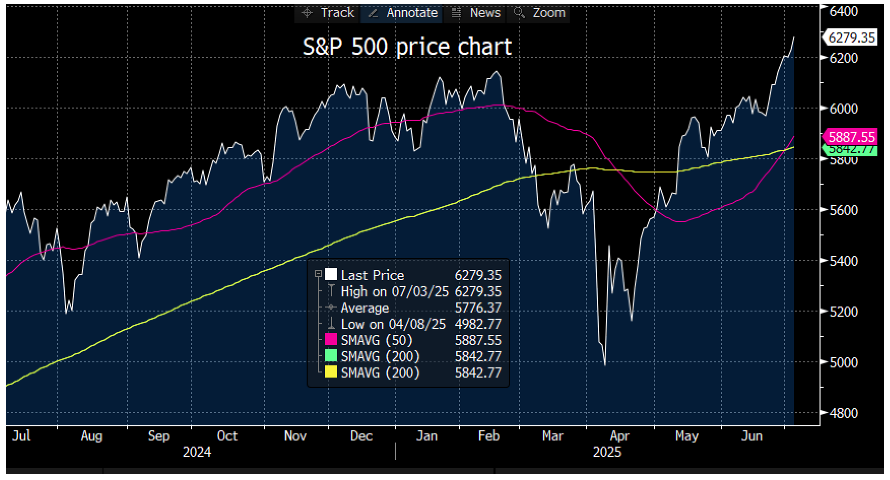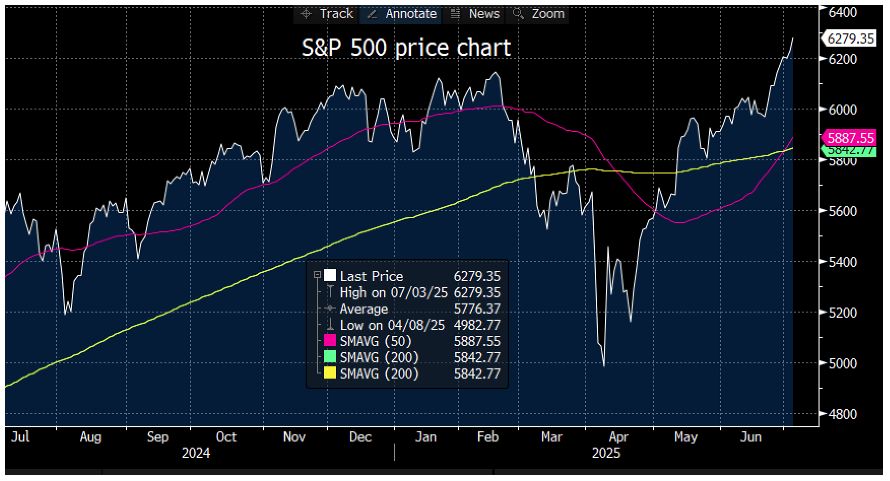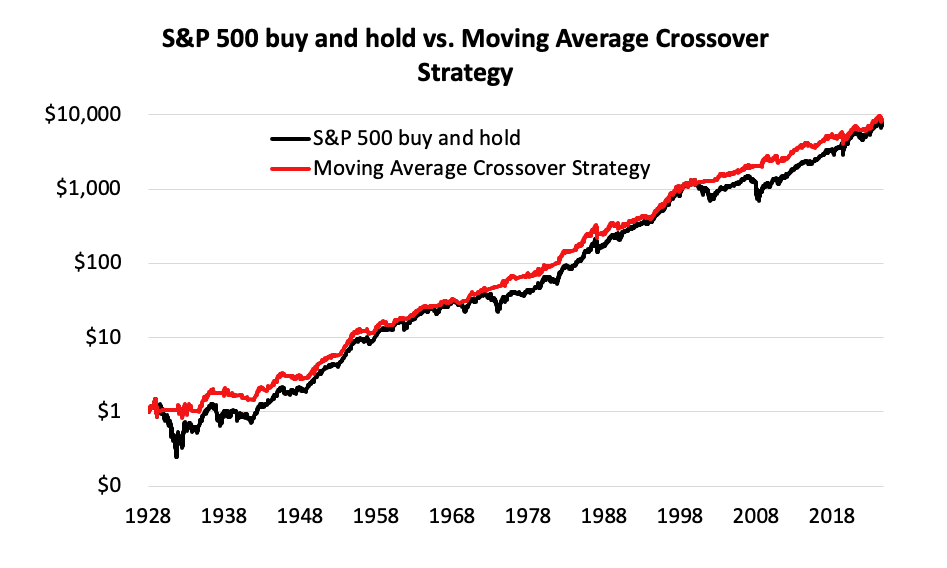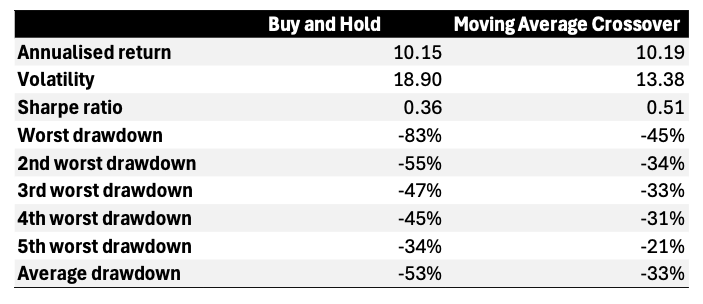Did a Golden Cross just ignite the ASX 200? What this signal usually means for global and Australian equities
Technical analysts are often dismissed as the witch doctors of finance, accused of finding patterns in charts the way astrologers find meaning in stars.
Terms like “Head and Shoulders,” “Cup and Handle,” and “Fibonacci Retracements” sound more like tarot readings than rational investing.
Yet one technical indicator has endured the test of time: the Golden Cross — when the 50-day moving average crosses above the 200-day moving average.
Veteran traders will tell you, “nothing good happens below the 200-day, and everything good happens above it.”
That rule of thumb was triggered recently. On June 20, the ASX 200 formed a Golden Cross. Just days later, on July 1, the S&P 500 followed suit. In simple terms, this signal reflects that shorter-term prices have gained enough momentum to surpass medium-term trends — often interpreted as a bullish indicator.


But does the Golden Cross actually work?
To find out, we tested this signal using nearly a century of daily S&P 500 data. The strategy is simple: invest fully in the S&P 500 when the 50-day average is above the 200-day average; otherwise, hold cash. Dividends are reinvested. While we ignore tax effects — which vary across investors — they may influence real-world outcomes.


The results are compelling.
As shown in the accompanying chart and table, the moving average crossover strategy (in red) offers a significantly smoother ride than a traditional buy-and-hold approach (in black). Volatility — though not a perfect measure of risk — is roughly 30% lower. The Sharpe ratio, which adjusts returns for risk, is 42% higher. And the difference in drawdowns is striking: the buy-and-hold strategy suffered a peak loss of 83% during the Great Depression, with its five worst drawdowns averaging -53%.
By contrast, the Golden Cross strategy's five worst drawdowns average a more manageable -33%.


Introductory finance theory suggests that to achieve lower risk, investors must sacrifice returns.
Not so here. Over the long term, the moving average strategy delivered nearly identical annualised returns — even slightly outperforming buy-and-hold by a few basis points.
So much for efficient markets.
The bottom line
The Golden Cross may sound like mysticism, but the data suggests otherwise.
It stands as the most enduring technical rule for a reason — not necessarily because it boosts returns, but because it offers a powerful tool for reducing risk over time. How can such a simplistic measure be effective?
Because it distils the collective wisdom and sentiment of investors as revealed in prices.
Plato Global Alpha Fund - Access a market-beating global equities portfolio on the ASX or as an unlisted unit trust
Dr David Allen is Plato Investment Management's head of long short strategies, and the portfolio manager of the Plato Global Alpha Fund.
Since inception (1 September 2021) the Plato Global Alpha Fund has delivered 23.5% p.a. after fees (to 31 May 2025).
The Fund is available as an active ETF - The Plato Global Alpha Fund Complex ETF (ASX: PGA1), or as an unlisted unit trust.
Learn more about investing in the Plato Global Alpha Fund here and read the PDS and TMD.


1 stock mentioned
2 funds mentioned
